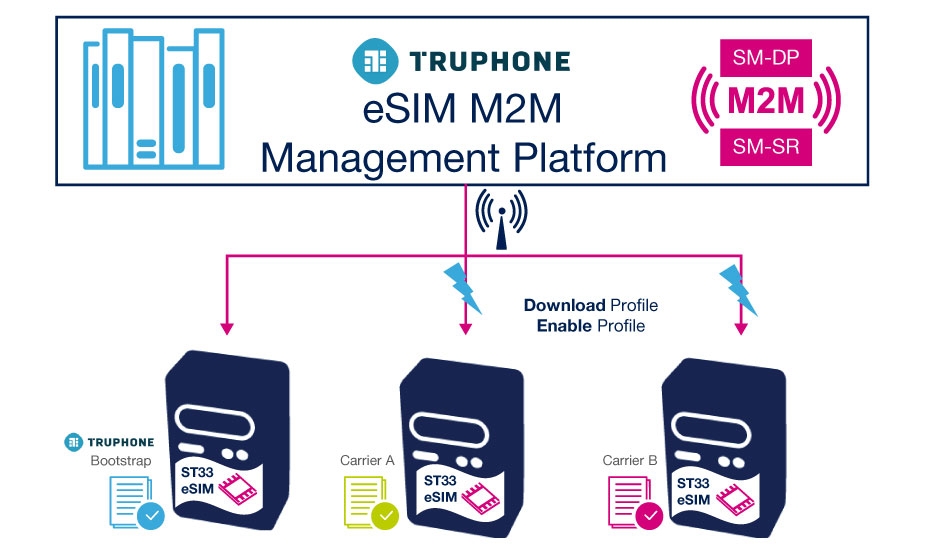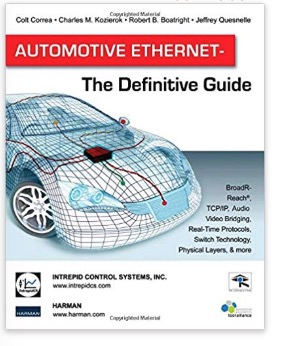Recent Posts
Ecosystem For Securely Connecting Industrial IoT (IIoT) And Automotive Systems To Cellular Networks
Posted by on
STMicroelectronics has designed a complete ecosystem for securely connecting Industrial IoT (IIoT) and automotive systems to cellular networks.
Through offering access to networks and services worldwide, ST’s solution serves to simplify connectivity for IIoT applications such as remote condition monitoring and predictive maintenance, as well as connected-driving services such as infotainment, vehicle diagnostics, and emergency assistance.
ST offers secure hardware and software in the form of a set of industrial and automotive-qualified embedded SIMs (eSIMs), ready to work with industry-standard GSMA or proprietary bootstrap profiles. Partners Arkessa, Arm, and Truphone, with millions of machine-to-machine (M2M) device deployments and eSIM activations, provide and operate device-onboarding and service-provisioning platforms.
The provisioning services allow IoT devices comprising the eSIMs to connect automatically to cellular networks. Each of ST’s chosen partner/operators can reach hundreds of mobile networks of all types, including 2G, 3G, 4G, LTE CAT-M (low-power wide-area connectivity), and NB-IoT (narrowband IoT), in large numbers of territories worldwide.
ST produces and personalizes all eSIMs securely at GSMA SAS-UP (Security Accreditation Scheme UICC Production) certified sites in Europe and Southeast Asia.
Automotive Ethernet - The Definitive Guide
Ethernet, the most widely used LAN technology in the world, is taking the automotive world by storm. As the electronic equipment in cars proceeds to expand, Ethernet promises to enhance performance and allow powerful and useful applications.
In its 1,161 pages, Automotive Ethernet - The Definitive Guide describes how Ethernet technology has been accommodated via Broadcom's new BroadR-Reach standard to bring Ethernet hardware and applications to vehicles.
Topics covered:
- Automotive electromagnetic, environmental and electrical requirements;
- Network fundamentals and the OSI Reference Model;
- IEEE Project 802; Ethernet Physical Layer and Media Access Control, including BroadR-Reach, MAC addressing, frame formats and hardware;
- A comparison of Ethernet to automotive networks such as CAN, LIN, MOST, and FlexRay;
- TCP/IP, including IPv4/IPv6, ICMP, ARP, NAT, TCP, UDP, and DoIP.
Also covered is the Audio Video Bridging (AVB) suite applied to transport media over Ethernet, including underlying standards: SRP (IEEE 802.1Qat), FQTSS (IEEE 802.1Qav), gPTP (IEEE 802.1AS), and AVTP (IEEE 1722). The book also describes diagnostics in an Ethernet environment and tools for measurement, calibration, and diagnostics (MCD).
 Loading... Please wait...
Loading... Please wait...


